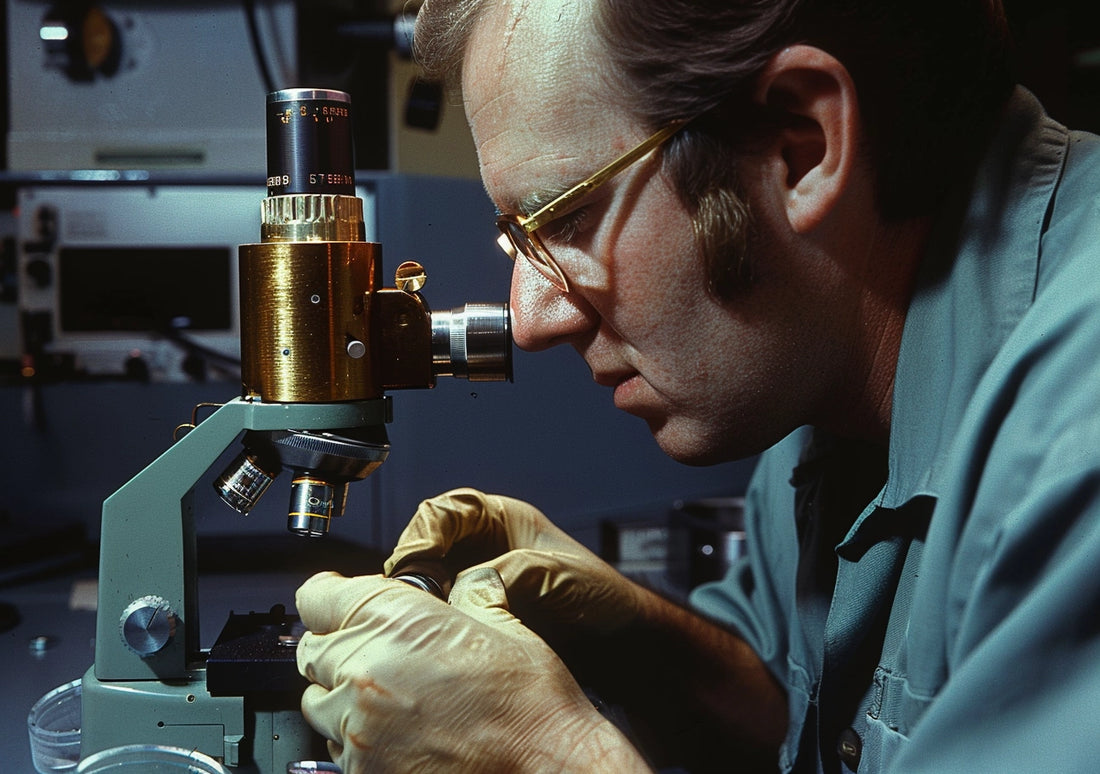
Precision Restoration: Troubleshooting Chipping or Dulling of Burr Teeth with Carbide Burr Bits
Share
Introduction:
Chipping or dulling of burr teeth is a common issue encountered during machining and fabrication tasks, affecting the cutting performance and quality of carbide burr bits. Understanding the root causes of chipping or dulling and implementing effective troubleshooting techniques is essential for maintaining precision, prolonging tool lifespan, and achieving superior results in your work. In this comprehensive guide, we'll explore practical troubleshooting strategies for addressing chipping or dulling issues with carbide burr bits, empowering users to overcome challenges and optimize cutting performance.
Understanding the Impact of Chipping or Dulling:
Chipping or dulling of burr teeth can significantly impact the cutting performance and efficiency of carbide burr bits. Dull or chipped teeth result in poor material removal rates, surface finish defects, and increased risk of tool breakage. Additionally, compromised cutting edges can lead to excessive heat generation, accelerated tool wear, and reduced dimensional accuracy in machined parts. Identifying and resolving chipping or dulling issues promptly is essential for maintaining optimal tool performance and achieving quality machining results.
Effective Troubleshooting Techniques:
1. Identifying Root Causes:- Begin troubleshooting by identifying the root causes of chipping or dulling, which may include improper tool selection, incorrect cutting parameters, or inadequate tool maintenance.
- Evaluate machining conditions, workpiece materials, and tooling specifications to pinpoint potential sources of wear or damage affecting burr teeth.
- Conduct a thorough inspection of the carbide burr bit, examining the cutting edges, flutes, and overall condition for signs of chipping, dulling, or other forms of wear.
- Select carbide burr bits with appropriate geometries, coatings, and tooth configurations for the specific machining application and workpiece material.
- Adjust cutting parameters such as spindle speed, feed rate, and cutting depth to optimize material removal rates and minimize tool wear.
- Ensure proper tool runout and alignment to prevent uneven wear and distribution of cutting forces, reducing the risk of chipping or dulling in burr teeth.
- Develop a regular maintenance schedule for carbide burr bits, including cleaning, inspection, and sharpening procedures to prevent chipping or dulling.
- Use proper coolant or cutting fluid application during machining operations to dissipate heat, reduce friction, and minimize thermal stress on burr teeth.
- Sharpen or replace dull or chipped burr teeth promptly to restore cutting performance and prolong tool lifespan, ensuring consistent quality in machining operations.
Conclusion:
By incorporating effective troubleshooting techniques into your machining routine, you can address chipping or dulling issues with carbide burr bits promptly and maintain precision, prolong tool lifespan, and achieve superior results in your work. Whether optimizing tooling and parameters, implementing maintenance practices, or identifying root causes of wear, proactive troubleshooting is essential for overcoming challenges and optimizing cutting performance.




